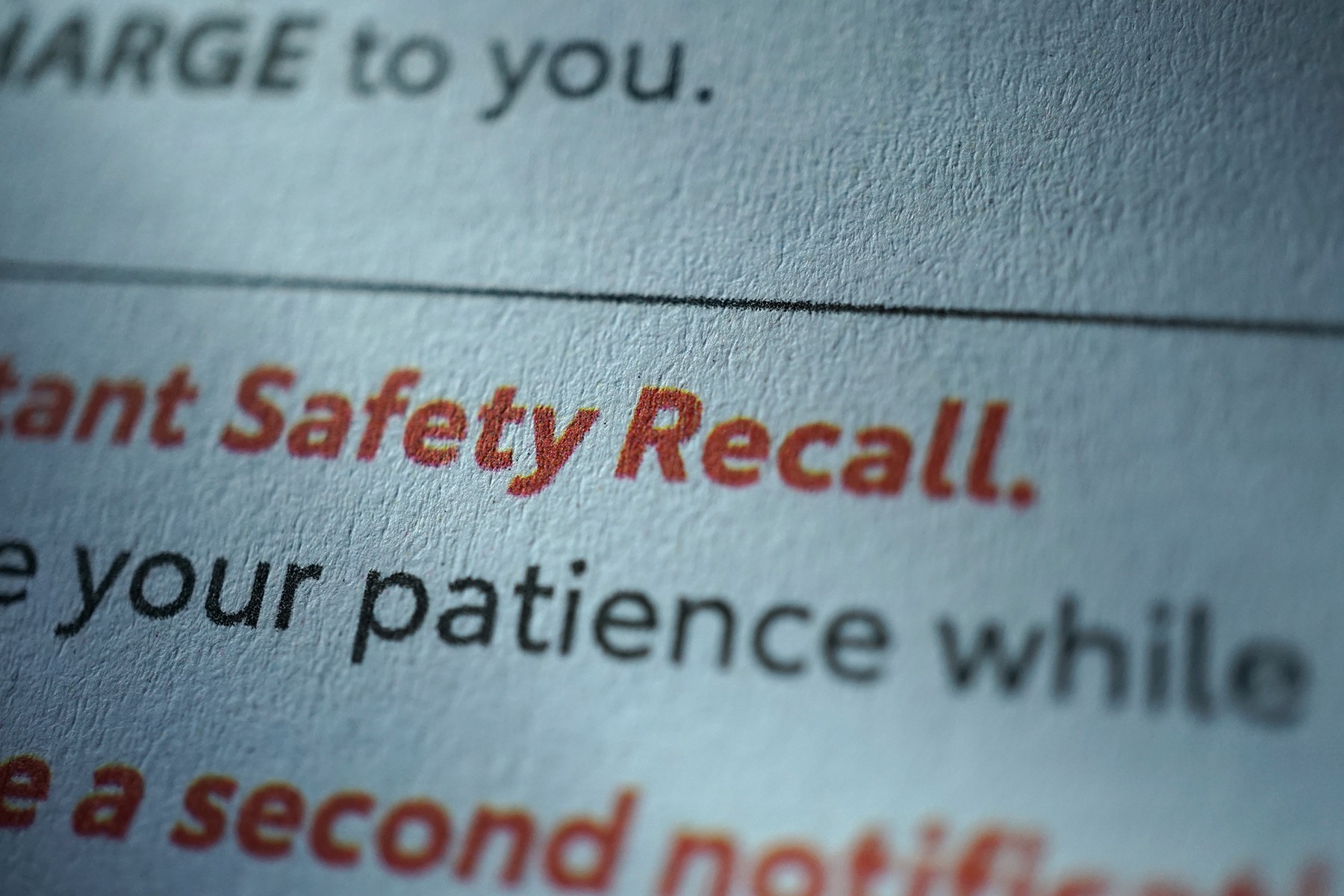Creating a culture of quality in the workplace starts with reducing the potential for human error. Using QMS software can help.
Simple mistakes can cost life sciences companies millions of dollars in revenue and time spent resolving the problem. When you consider the crucial role of lab work in bringing a product to market, it becomes clear just how vital quality management is to the product lifecycle.
And while not all life science companies are created equal, it is very easy for a lab-based mistake to throw a wrench into the works of the product lifecycle.
Picture the scene …
You work for a global life sciences and research company, specializing in over-the-counter drugs. As a senior member of the research and development division, you have around 25 researchers under your wing. For the last 12 months, you have overseen a project that is part of an investigational new drug (IND) that will be filed in the next six months.
Most of your team are aware of the internal mandate to get this product developed and ready for further testing as soon as possible, and there has been a need for several all-night sessions as the company-generated deadline draws closer. One day, you ask a young lab associate to analyze one of the intermediates with a fluorometer.
When you come back to check on progress, conversation stops. When you ask what is going on, the technician sheepishly admits that he inadvertently connected a cooling line to a data port on the fluorometer, effectively frying the motherboard of the only validated instrument for analysis of intermediates in the lab.
Even worse, the data stored on the instrument can only be read by that instrument and, thus, a new one cannot be validated against the current method without those results. The instrument requires shipment back to the manufacturer for repair, with an estimated return date of four to six months.
Confused, you ask how this happened. Eyes down, the associate says that he got confused by the numerous ports on the machine and managed to plug the coolant line into an auxiliary data port. With the fluorometer on and the coolant connected to the port, he then turned the chiller on, resulting in a loud pop and smoke coming from the instrument, rendering it (and the data its computer housed) out of service.
And the cost? Around $30,000 for the damaged lab instrument, a six-month delay in your IND application and a blown deadline in your go-to-market strategy.
With this “fictional” scenario as our platform, here are four common mistakes that every company should try to avoid.
1. Safety Data Sheet (SDS) Mistakes
This is one area that even experienced lab workers have a habit of ignoring, but failure to follow a set procedure can result in big consequences.
Failure to review the safety data sheet (SDS) before using potentially volatile chemicals can lead to accidents, fire or even an explosion. Not checking the SDS also means employees often fail to dispose of chemicals properly, creating risk for people, products and the environment (not to mention regulatory penalties).
The most effective way to reduce this risk is to ensure employees both read and use the SDS prior to chemical use, and then confirm that they have done so. This can be achieved by providing easy access to SDS and HAZMAT documents in a centralized database within your quality management system (QMS). A further enhancement is to link hazard communication training compliance with laboratory or chemicals access.
2. Improper Chemical Storage
A lack of proper or defined chemical storage procedures can be a major pain point at many labs. Any lab auditor is likely to have shocking photos of poor chemical storage (dozens of reagent bottles from the 1980s blocking a fire exit, for instance), all of which likely contributed to a lab failing an audit.
Companies that don’t have adequate chemical storage facilities are leaving themselves open to not only preventable accidents but also a failure to comply with federal or state regulations. Some of the potential consequences of not using QMS software to prevent these issues include, but are not limited to:
- Creation of toxic volatiles or byproducts
- Safety incidents and injuries
- Risk to the stability of raw materials
- Increased waste due to out-of-specification product
- Thousands of dollars in added disposal costs
In addition to the SDS compliance strategies highlighted above, there are several ways you can reduce improper chemical storage in your facility:
- Just-in-time ordering: Integrate your inventory tracking system with your supplier management tools to ensure you’re ordering just enough. Don’t be penny wise and pound foolish by ordering more than you need, because you’ll pay more later to dispose of it. In addition, look at the SDS before ordering to decide whether you want to store extra chemicals.
- Audit storage procedures: Make chemical storage a focus point in your internal audits. One area to take notice of is proper labeling of flasks and other containers. To put this simply, if there’s a fire, fire department personnel can’t touch anything not labeled.
- Risk management: Track highly toxic chemicals in your company risk register and explore effective substitutes if possible.
3. Equipment Issues and the Importance of QMS Software
This is a wide-ranging category and encompasses many of the costliest lab safety mistakes.
Improper or lack of training, slip/trip/fall hazards, poor maintenance records and inadequate surge protection for electrical equipment all can wreak havoc in a laboratory work space. And some mistakes are easily avoided with common sense and a robust environmental, health and safety (EHS) process, often integrated with a QMS.
A poorly trained employee can break or ruin expensive equipment, while a something as simple as a plugged-in extension cord in a hallway can trip a person and cause significant injury. If a pump needs a new part and the maintenance records haven’t been updated, an unwary employee could use it without realizing the pump isn’t operating at full capacity.
In addition, many labs rely on the facility or building surge protector for expensive equipment. But if it fails, you could be looking at millions of dollars in losses that could be avoided with a relatively inexpensive backup surge protector in the lab itself.
With that in mind, integrated QMS tracking of assets, calibration records and maintenance requests is critical to protecting your lab-based assets. Lab managers should also consider linking training records to equipment access to prevent problems, as well as tracking equipment risks in the risk register.
4. Runaway Reactions and the Role of QMS Software
Scaling up chemical reactions can cause huge and often unforeseen problems.
The reason for this is that while gas evolution or bubbling is relatively harmless in a two-liter vessel controlled reaction, that same byproduct can become explosive when scaled up to 50 liters. This is an issue that will become more prevalent as organizations transition from batch to continuous manufacturing, but it remains something that companies should be aware of from day one.
A good rule of thumb is to limit scale-up to a factor of 10 to keep control of systems. Within your compliance management system, you can also minimize the likelihood of runaway reactions by leveraging established risk management tools such as:
- Risk register: Centralizing all risk items in an electronic risk register is the first step to mitigating risk.
- Bowtie analysis: The bowtie model allows you to visualize complex risk scenarios for rare, high-risk events.
- Change management: Risk assessment is important to proper implementation of any process changes.
The proactive approach and the role of QMS software
At the end of the day, any number of things can go wrong in the lab environment. However, taking a proactive approach to tracking risks can protect you, helping you avoid expensive mistakes that can cost your lab tens of thousands of dollars (or more).
ETQ is the leading provider of quality, EHS and compliance QMS software to a variety of industry sectors, including life sciences. Our core belief that quality creates limitless possibilities means that companies can solve pressing problems with a proven SaaS solution, with over 550 brands integrating ETQ Reliance into their business practices.
To find out how our Reliance 2019 SaaS solution can move your company along its quality journey, contact us today.


